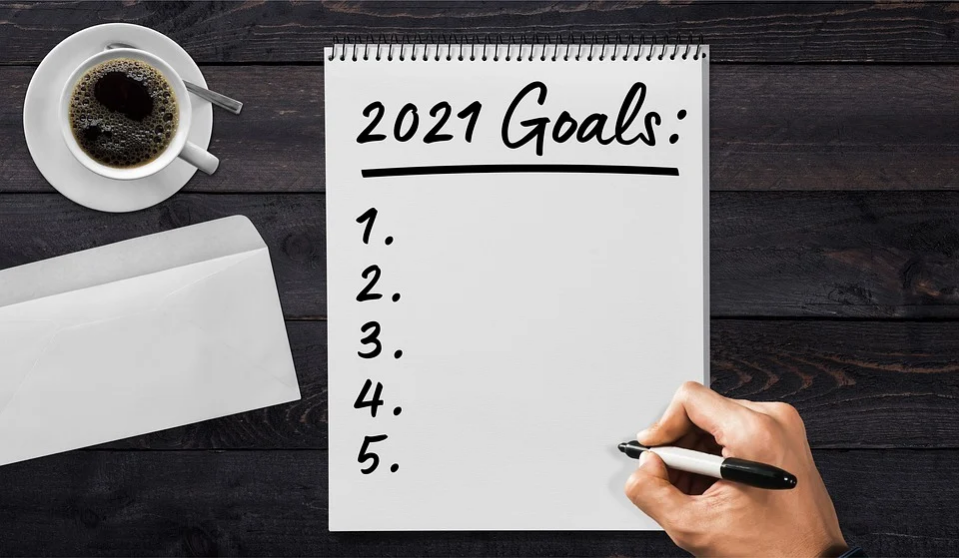In the last one month, all business leaders would have spent countless hours thinking about how to get their business back to normalcy from the safe confines of their homes. In their minds, they would have argued for and against a dozen scenarios and eliminated a few. The shortlisted ones would then have been modeled in excel by an army of subordinates with the most promising one translated into sleek power points to be presented in board meetings and town halls. All these while furiously working on major short term actions to ensure business continuity within the current, but ever changing restrictions. But the real test is yet to come. Once the country opens, their strategy would be put to an accelerated test and they will be judged like never before on their strategic and business acumen.
While the responses of each business will be varied, surveys among business leaders conducted by various research, consulting and even financial organisations point to one thing. Most of them seem to be looking at and weighting their decisions on and in favour of similar factors. Broadly, many leaders seem to be focusing on supply disruptions over demand disruption, on urban markets over rural markets, on “essentials” over “discretionary” categories, on products over brands and finally on internal constraints over competitive factors. What trade offs they’ll make on these factors, will determine the outcome they’ll see. Here are a few things to watch out for, when making these trade offs:
First, a majority of leaders seem to be reviewing and adjusting their distribution strategy to focus more on online. And, at the same time, they are looking to reduce media spends. Sure, there have been huge short term supply disruptions. But, this is the quickest and easiest thing to fix as a large part of it is within their direct control. What is not in control and what a lot of companies are blind to, are consumer behaviour changes. In a lot of categories, reducing advertising spends even for a short time will mean huge brand awareness and consideration drops. The other thing that is a certainty are consumption declines which are usually hard to reverse in a short time. Not knowing what disruptions are happening at demand level due to low or no research as a result of budget cuts is a definite watch out. While optimising budgets is the need of the day, one need to constantly monitor how demand is being impacted so that appropriate actions can be taken immediately.
Second, many are turning their focus towards urban markets and ignoring rural for the time being. Focus on tie-ups with app based delivery providers and ecommerce only product offerings but not much discussion and initiatives around sub-stockist networks and wholesale channels, point to this trade off being made. Remember, rural today is as big as metros in terms of business contribution, and is growing at a faster clip. In the coming months, it is the metros which will be under more stress than rural. The reverse migration which is currently happening is unlikely to reverse anytime soon. Also, many more government initiatives like PMKY, MNREGA are going to be focused at protecting rural household incomes. This is definitely not an either or factor. The long tail is as important to shore up volumes. Focus needs to be on both markets.
Third, I am sure every leader is looking to enter (or make his products enter) an “essential” category. The mad rush of new launches in hand sanitiser (152 new players in March) category and slew of brand extensions and launches in surface disinfectant and cleansing categories is just a preview. Having witnessed, the hit that “non essential” categories are taking right now, old researches would have been dug up basis which many R&D and sourcing teams would be working remotely (pun intended), right now, on developing products in highly penetrated categories which would have been pariah till a month ago. But, it is important to remember, what is “essential” is currently not defined by the consumers. A big part of the volume loss we are witnessing right now in many categories may purely be because of reduced mobility. How we deliver our messaging right now and in the near future, in the new normal, will make a category “essential” or “non-essential”.
Fourth, as can be seen from the brand names of the 152 hand sanitiser products launched, the focus is on launching a product rapidly ignoring the brand. For some brands like Savlon, it makes sense to extend into this category. It also makes sense if you are temporarily utilising your idle capacity and supply to make the product and give it out for free in time of need and earn some good will. Like Nivea and L’Oreal did. Cavinkare launched sanitizers in sachets under Chik and Nyle, both hair care brands because they were “born out of sachets”! Dabur and Patanjali launched Ayurvedic Sanitisers! Stretching your brand on a wafer thin premise is detrimental to the brand equity in the long run. Soon, we’ll likely see a number of new brands launching with limited consumer understanding, little or no differentiation and consumer investments. Most of these perish because of this. Also, entering highly penetrated categories with strong brands, diverting the limited investments is going to take away focus on doing all you can to recover your core business in such times.
Fifth, many projections and models for how the business will shape up this year are being made purely taking into consideration internal constraints, strengths and weaknesses; completely ignoring how competitors will react in this new environment. Every leader keeps full tabs on his competitor. He has a good approximation of what the competing parties’ interests, constraints, alternatives and perspectives are. In the best of times, he is trying to outsmart them. A crisis situation is not the time to ignore, discount or play up on your competitor’s weakness and what he is likely to do.
The crisis has forced us to re look at strategies long closed. A lot of things we do at work, which are intuitive and are taken for granted are going to be hotly debated. At the same time, it also gives the perfect cover for many dodgy decisions and excuses for non delivery. A response to this crisis needs to be well measured and once choices are made, the delivery has to be razor sharp.



